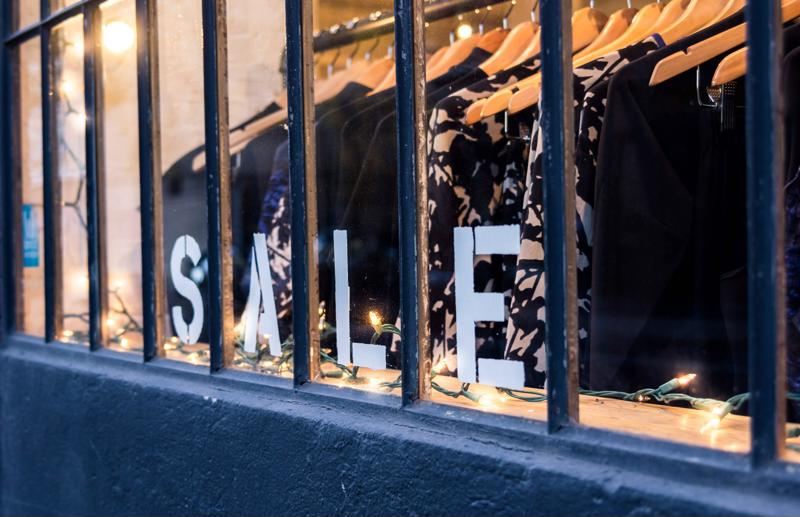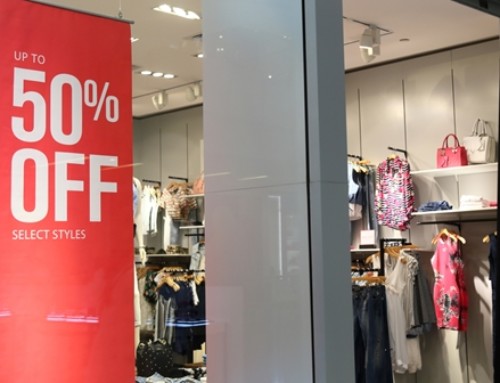Window graphics are one of the most versatile forms of advertising displays on the market. They can be custom cut, opaque, translucent and fit onto virtually any glass surface on location. Since many stores take an open approach to lighting – sporting at least one large window at the entrance – this gives most retail locations space for window graphics.
However, this form of signage isn’t just suited to the brick-and-mortar retail store space. Every agency with open glass surface area can benefit from window graphics.
“About 35 percent of shoppers aren’t aware of stores without on-premise signage.”
How signage informs patrons
A Signs.com infographic found that 50 percent of new customers are brought into a store through on-premise signage. This is the leading decision maker, having more impact than word of mouth (33 percent), newspapers (9 percent) and yellow pages (6 percent) put together. Beyond this, data found that signage size also matters.
Think of a shopping mall, an area dominated by glass storefronts. In this space, competition is fierce and vendors are continually vying to have the most high trafficked venue. However, location isn’t everything if a retailer is being overshadowed by its neighbors. The same infographic found that businesses with smaller signage recorded roughly 8 percent less profits than retailers that had upgraded.
Roughly 35 percent of shoppers stated that they wouldn’t even be aware of a store that didn’t have compelling on-premise signage. Malls are not the only areas where glass is prominent. Most strip plaza setups and even family home-style businesses also frequently have a large quantity of window space.
While a hypothetical shoe store may inform its potential patrons by placing a provocative sneaker display right behind the glass, this won’t have the reach of signage. Even with proper interior lighting, sunlight and other factors can reduce window transparency. On a perfect day, this display might be visible for several yards – but shoes are small and many customers won’t be able to view the items clearly, even if they’re in the parking lot.
Window signage isn’t bound by realistic proportions. Vendors can employ graphics suited to the importance of an occasion. Sales and promotions should be highlighted in huge lettering, whereas something less important like store hours doesn’t require as much space. A window is essentially a giant canvas in which a business can present itself to the consumer world.

Balancing visual with informative
When it comes to signage, and window graphics in particular, many advertisers think in words and lettering. “Sale!,” “Half Off!” and other phrases frequently highlight the glass space in front of stores. Even outside of retail, the words may change but the intent doesn’t. Locations are trying to entice consumers in with promises of convenience and service.
However, some brick-and-mortar locations need to convey sophisticated messages to their potential clients. Since no one wants to read a book on glass, these venues may feel that they can’t take advantage of window signage, but this is not the case. According to a report published by Social Media Examiner, 37 percent of marketers feel that visual marketing could create effective content for businesses.
The use of images was also found to boost customer memory. Brain Rules stated that only 10 percent of respondents could remember a written message after three days. With a picture, this number rose to 65 percent.
Physical locations may balk at the idea of using sophisticated images to help sell their brands. If the quality of the window signage is lacking, the intended effect could backfire. This is where choosing a premier printing partner matters. Hopkins Printing has the dedication and the equipment to create compelling custom window graphics. Contact us today to learn more about how we can help showcase the value of your business.


